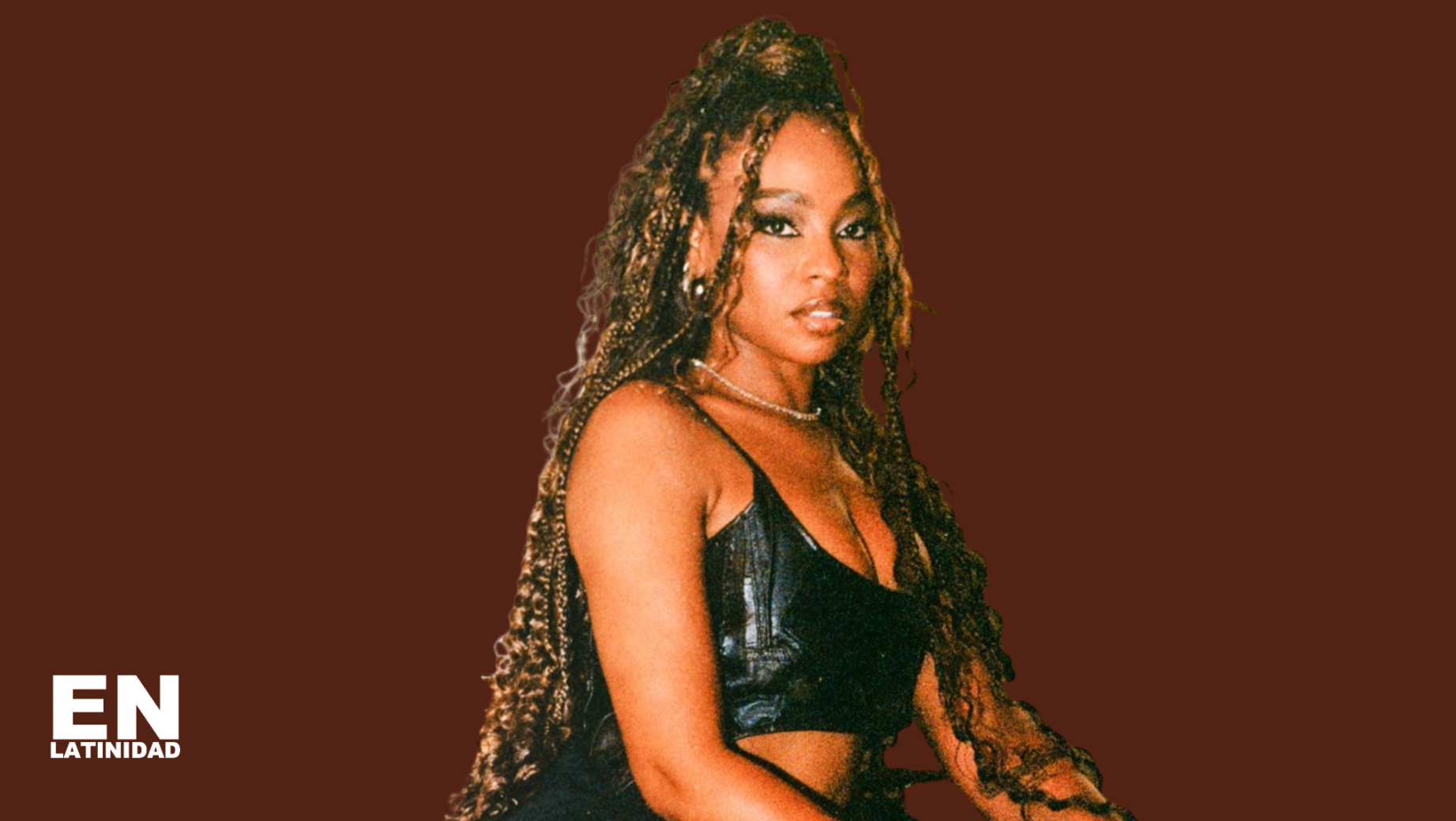Goyo’s Pantera — A Fierce and Transformative Solo Debut
In her debut solo album Pantera, Afro-Colombian artist Goyo delivers a vivid, genre-bending statement of selfhood, resistance, and artistic rebirth. Released on July 10, 2025, under Sony Music Latin, Pantera is not just an album—it is a deeply personal and political declaration. After more than a decade of international acclaim as a member of ChocQuibTown, Goyo steps into her own lane with poise, vulnerability, and power, staking her claim as a singular voice in Latin music. Through carefully curated collaborations, a bold mix of genres, and autobiographical lyricism, Panterareveals all the many facets of Goyo—artist, mother, woman, and Afro-Latina visionary.
The symbolism behind the album title is integral to the work’s message. In an interview with Miami New Times, Goyo explained her deep personal connection to the panther, describing it as “elegant, silent, adaptable, but also fierce.” She elaborates in Miami New Times, “It represents what I am today, a woman who has transformed many times and now allows herself to be all of them at once.” The panther metaphor allows Goyo to embrace multiplicity—not only as a musical artist crossing genres, but as a Black woman navigating visibility and vulnerability in the Latin music industry. The title also functions as a nod to the legacy of the Black Panther Party, signaling the project’s deeper sociopolitical grounding.
Musically, Pantera is a rich and textured sonic experience. Spanning 14 tracks and recorded between Chocó, Miami, and London, the album blends reggaetón, Afrobeats, hip-hop, R&B, and Pacific Colombian folk rhythms. The album’s production is led by a versatile team, including Slow Mike (formerly of ChocQuibTown), Moon Willis, LOUDDAAA, !llmind, Don Mills, and JK The Sage. Mixing and mastering duties were handled by Latin music industry heavyweights Mosty, Luis Barrera Jr., and Dominique. The result is an album that feels simultaneously global and grounded—attuned to diasporic flows, yet deeply connected to Afro-Colombian culture.
The collaborators Goyo brings into this project reflect the diversity of her sound. The song “En Tu Marea” features pop artist Greeicy and offers a romantic, ethereal ballad. On “Diana,” Goyo joins Afro B for a high-energy Afrobeats anthem that bridges Colombia and the African continent. “Volver a Verte” with Zaider infuses Caribbean nostalgia, while “KeRoWe,” featuring Pras of the Fugees, blends boom-bap aesthetics with Pacific percussion, offering a rare and rich cross-hemispheric collaboration. The Dominican rap prodigy J Noa joins Goyo on “Hablan de Mí,” creating one of the project’s most potent feminist declarations. Tracks like “QSV” (Que Se Vayan), “Insomnia,” and “Tumbao” showcase Goyo solo, alternating between powerful rap delivery and haunting vocal runs. Each track serves a purpose: “QSV” is a call for self-worth and liberation, while “Cuaderno” stands out as the project’s emotional anchor, born out of Goyo’s journaling during a time of personal healing after her divorce.
“Writing gave me permission to feel without shame. And by taking those feelings out of my body, I turned them into music,” Goyo told Miami New Times when discussing “Cuaderno” (Miami New Times, 2025). This candid approach to storytelling marks a significant evolution for Goyo, who, in a group context, often shared the stage or message. As a soloist, she finds space to explore her emotional interior, offering listeners not just a soundscape, but a healing process.
Goyo’s emergence as a solo artist also carries significant weight in the larger conversation around Afro-Latinx representation. As one-third of ChocQuibTown, she helped bring global attention to Chocó, a region often marginalized in Colombian media. “With ChocQuibTown… we wanted to put Chocó on the map,” she told POPSUGAR. “Now, as a soloist, I can show everything that I am as a versatile woman” (POPSUGAR, 2025). That versatility is not just sonic but political. Goyo has long used her platform to speak out against colorism and exclusion within the Latin music industry. In past interviews, she criticized the industry’s repeated sidelining of Black talent, and her decision to center Blackness in her music is both personal and revolutionary. Songs like “QSV” and “Hablan de Mí” tackle this head-on, delivering messages of pride, power, and resistance.
This commitment to representation extends to Goyo’s production choices and global collaborations. By inviting artists like Afro B, Pras, and J Noa, she builds a transnational Afro-diasporic dialogue—one that spans not only genres but geographies and histories. And even in her stylistic shifts, she never loses the essence of her roots. As she explains to POPSUGAR “We’re always evolving. But I keep my Chocó intact. It lives in me, in my rhythms, in my accent, in my resistance.”
Ultimately, Pantera is both a roar and a refuge. It is a statement of arrival but also of becoming. Goyo doesn’t just claim space in the Latin mainstream—she redefines it on her terms. She joins a legacy of Black women in music who have wielded their voices as instruments of both beauty and protest. Drawing inspiration from Lauryn Hill, who she credits for freeing her from fear when writing verses, Goyo continues the work of crafting truth into melody. “Listening to her music,” she said, “rid me of a lot of fear and allow me to be myself when it came time to write.”
In Pantera, Goyo does more than sing or rap—she documents. She excavates memory, heals wounds, and invites her audience into a world where Blackness is centered, not erased. It is a bold, nuanced, and genre-fluid project that secures her position as one of the most important Afro-Latina voices in contemporary Latin music.





Leave a Reply
You must be logged in to post a comment.